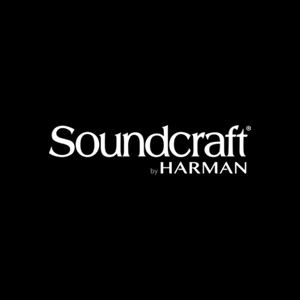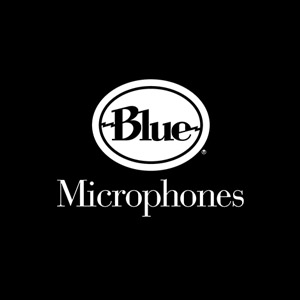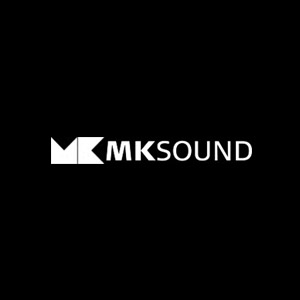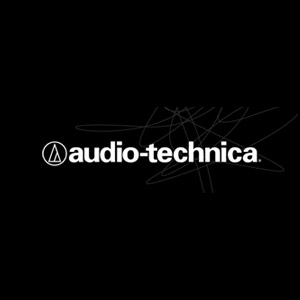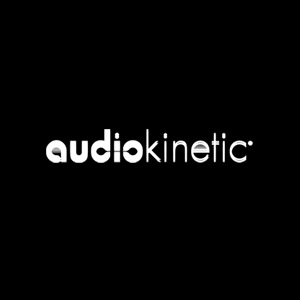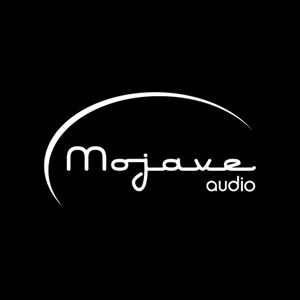How big is Game Audio anyway?

Sound for video games is an often overlooked aspect of the audio engineering world. With the first video games, there wasn’t a whole lot of sound involved. Maybe a beep here, a squeak there to support what was happening on the screen, but it wasn’t a whole lot more than a last minute add-on. Eventually games started incorporating more audio, and I would bet that almost any gamer can recall the 8 bit Super Mario Bros theme song by heart.
Today’s video games are stretching for the most immersive experience possible. Having orchestral scores is not out of the norm anymore, and in many cases it is required for modern gamers to really appreciate the work put into the game. TakeHalo 4, for example. The soundtrack for Halo 4 was released in November 2012, and quickly landed at #50 on the Billboard 200 charts. And that is just for the soundtrack to the game, not even the game itself! Composer/writer/producer Neil Davidge is credited with creating one of the most groundbreaking soundtracks, with his history involving works on various motion picture soundtracks and co-writing/producing for Massive Attack. When he started work on the Halo project, he thought it would be very similar to scoring a movie. However “pretty soon I discovered the similarities were few,” he later told Rolling Stone, since music for the game had to dynamically change its length and composition depending on player actions.
The recording of this soundtrack involved a 16 person male choir, 10 female Bulgarian vocalists, a full 50-piece orchestra and many others. They did the majority of the work for the recording at Abbey Road Studios and Angel Studios, both in London.
And the soundtrack is only part of what is involved in making game audio. Aside from that, there is the sound design, sound effects, player sounds, environmental sounds, and much more.






